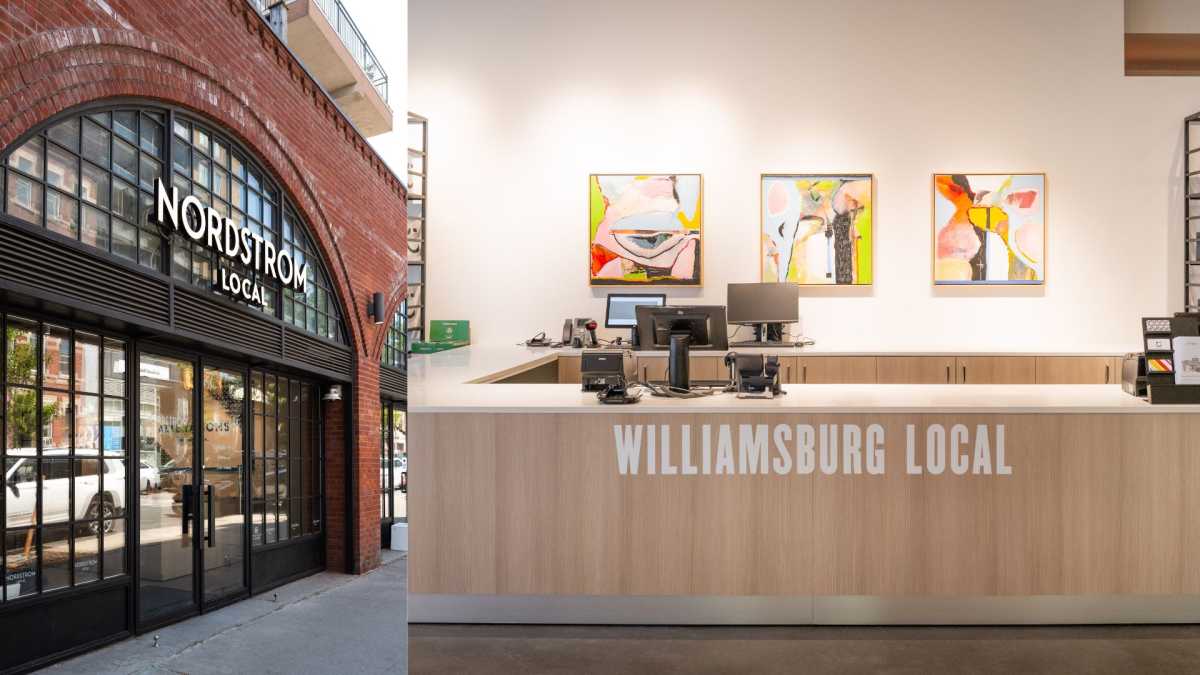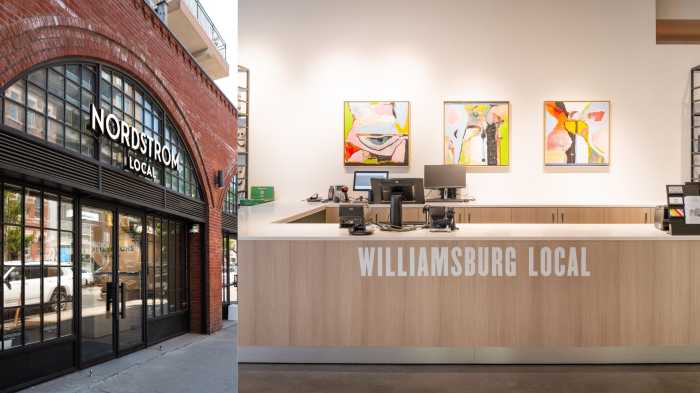A playground for the students at Public School 208 is one thing. One that is open to the public is quite another.
That was the contention of residents of East 48th Street, who said they had been blindsided by the city, which started work on constructing the playground a few weeks back.
At a meeting of the school’s PTA, held in the auditorium of P.S. 208, 4801 Avenue D, representatives of the city acknowledged that residents had been left out of the process.
The conversion of the P.S. 208 schoolyard, said Claire Dudley, the project director for the PlaNYC schoolyards to playgrounds initiative from the New York City Department of Parks & Recreation, was “an early pilot project undertaken by Parks before they had a whole infrastructure in place.
“Now, when we go to a school, we consult the community board and elected officials and ask the schools to do outreach to the community,” Dudley stressed. “We try to reach as many people as we can.”
As far as the work at P.S. 208, Dudley said, there was “no notice. It was done carelessly. We wanted to do it (the demolition) before school started and we barely made it. The principal didn’t know the day we were coming,” she added.
“The lack of notification is a real and significant issue,” agreed the Department of Education’s Christopher Rodriguez, who “offer(ed) apologies on behalf of Parks, the DOE, and the mayor’s office.”
Nonetheless, residents – who turned out en masse for the meeting — were obdurate that having a playground open to the public after school hours would damage the quality of life on their block. Among the issues they cited were traffic as well as the potential for crime.
“This park is not safe for seniors,” contended Doreen Philadelphia. “It’s going to encourage a lot of young people to come in and disrupt the neighborhood. I don’t need to be mugged in the street because you can’t control crime.
“I could support a playground for the students of P.S. 208 only,” she later noted.
It’s not only the area’s older residents who are concerned. “When you build the playground, are you going to bring drugs and crime in there?” demanded Sharon Gomez, who had been vice president of the P.S. 208 PTA for several years. “We don’t want this playground here. There are three playgrounds already. Why do we need a playground on the block?”
Tia Bryant, who has a four-year-old daughter, said that she was worried about fast cars. “People could speed down the block,” she stressed. Bryant also said that, in her view, the money would be better spent on building an extension so that the trailers in the schoolyard could be taken down. “I went to the school,” Bryant noted. “I hope when my child goes there she’s not going to be in one of the trailers.”
“The character of the community is supposed to be enhanced by the project,” noted Dr. Dexter McKenzie. “I don’t think it will be. These are solid blocks in solid communities. It’s not a place where neighbors are transient. I believe this will change the character of the block and begin to deteriorate the sense of community that’s here. It will bring an element of danger.”
The 67th Precinct really needs to be involved in the issue, added Janell Smith, the president of the East 48th Street Block Association. A shooting over the summer, she recalled, “caused my block and surrounding blocks to have their block party permits revoked as a safety precaution. At the same time, they’re saying they are building a park that will be open to the public on weekends. To me, it’s hypocritical.”
Smith said she was concerned over what appears to be a “lack of communication. DOE is not talking to the precinct,” she stressed. “We can’t wait for something to happen.”
The construction work has been really disruptive, added Gloria Jordan, who lives next to the schoolyard. “It’s an abomination,” she asserted. “I think it’s an offense to the residents. We are not pleased. We are taxpayers. You wouldn’t like it beside your house. Why would I like it beside my house?”
The benefits of the playground were enumerated by Kristy Paris, P.S. 208’s principal. Having it, she told the group who attended the meeting, would enable students to “go outside and play and get fresh air.”
It’s not just the students who would benefit, Dudley added. The conversion of the P.S. 208 playground, she said, is part of the city’s effort to make sure that all city residents live within a 10-minute walk of a park. Schoolyards are the logical areas to use to create additional parks, she said, because they already exist in residential communities as open spaces.
In addition, Dudley said, they are often “rundown,” making them ideal targets for improvement. “It’s very rewarding,” she stressed, to see the rebirth of “derelict spaces which nobody but people with bad intentions wanted to come to. I think it will be a really lovely addition to the neighborhood,” she said.
The funding allocated for the schoolyard conversion, Dudley later noted, would not be adequate to fund a school expansion, which runs into millions. In addition, Dudley stressed, “The money for this would not be used for anything else.”
While no other commitments were made during the meeting, city representatives did promise to take residents’ comments back to the decision-makers. “We take what you say to heart,” Dudley assured the group.
“Everything that was said tonight is going to be taken under consideration,” Rodriguez added.
Overall, Dudley said, 290 schoolyards are part of the initiative. A total of 69 have already opened; 34 are currently under construction.






















